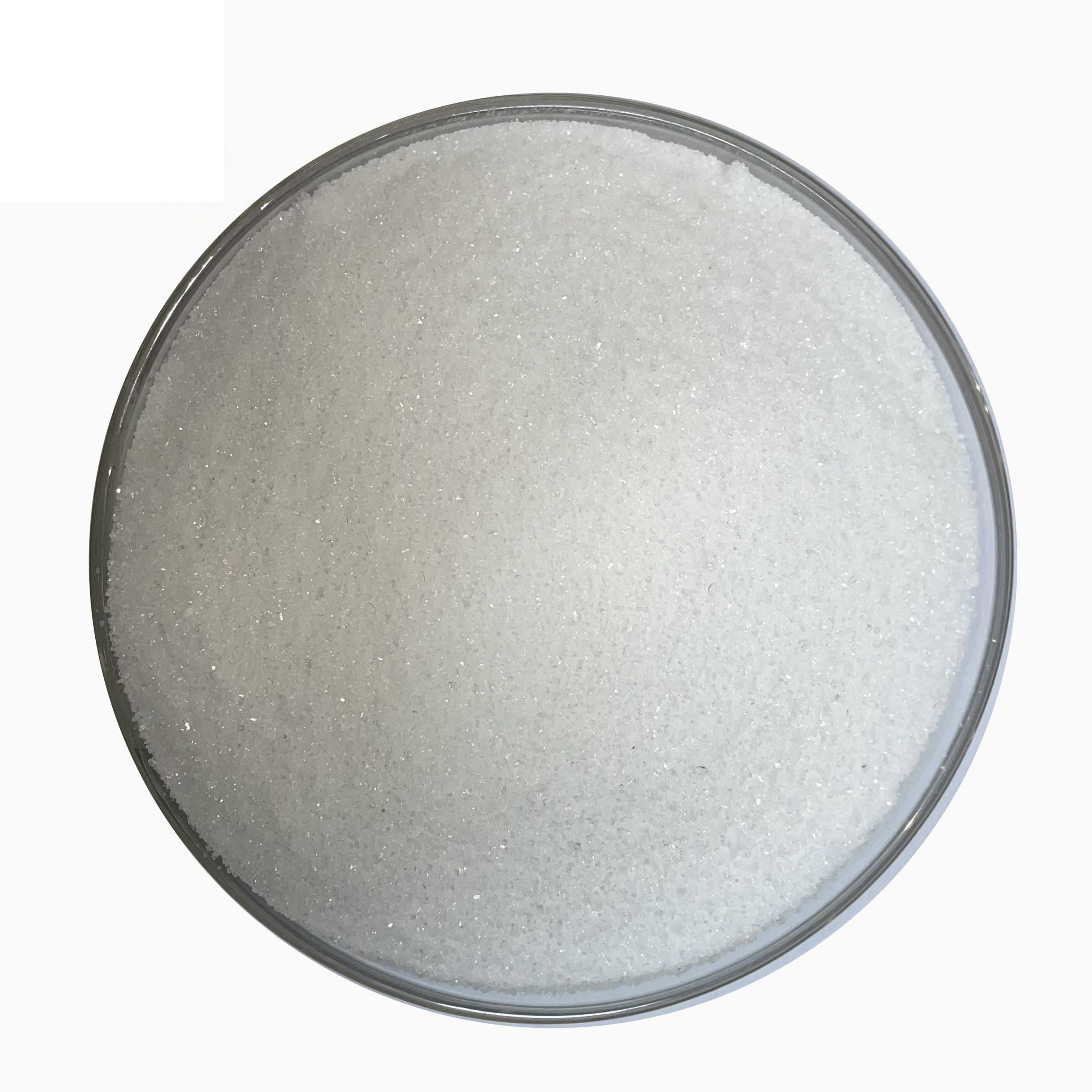
Ago . 10, 2024 16:25 Back to list
Explore the Benefits of Purchasing NPK Fertilizer with a 12-12-17 Nutrient Ratio Today
Understanding NPK Fertilizer The Benefits of 12-12-17 Ratio
In the world of agriculture, choosing the right fertilizer is crucial for optimizing crop yield and promoting overall plant health. One formulation that has gained popularity among farmers and gardeners alike is the NPK fertilizer with a ratio of 12-12-17. This specific blend contains essential nutrients—Nitrogen (N), Phosphorus (P), and Potassium (K)—in balanced proportions, making it an excellent choice for various crops.
What Does the 12-12-17 Ratio Mean?
The numbers in the NPK ratio indicate the percentage by weight of each nutrient present in the fertilizer. In the case of 12-12-17
- 12% Nitrogen This nutrient plays a vital role in the growth of plants. It is a key component of amino acids and proteins, contributing significantly to plant development, chlorophyll formation, and overall vegetative growth. Nitrogen promotes lush, green foliage and is particularly beneficial during the early growth stages.
- 12% Phosphorus Known for its role in energy transfer within plants, phosphorus is crucial for root development, flowering, and fruiting. It helps in the formation of DNA and RNA, which are essential for cell division and growth. Adequate phosphorus ensures healthy flowering and increases the quality and quantity of the yield.
- 17% Potassium Potassium is essential for regulating various physiological processes in plants, including water uptake and enzyme activation. It strengthens plant cells, enhances disease resistance, and is critical for the overall metabolic function. Higher potassium levels in the 12-12-17 fertilizer ratio help improve fruit size, flavor, and shelf life.
The Significance of Balanced Nutrition
buy npk fertilizer 12 12 17

One of the remarkable features of a 12-12-17 NPK fertilizer is the balance it offers, particularly in vegetable and fruit production. The equal parts of nitrogen and phosphorus allow for robust vegetative growth and healthy root systems, while the higher potassium content ensures that plants can withstand stress, such as drought or nutrient deficiency.
Farmers and gardeners often opt for this fertilizer when growing crops that demand well-rounded nutrition throughout their growth cycle. It is particularly beneficial for flowering plants and fruit-bearing crops, where the demand for potassium increases as the plants mature.
Application and Best Practices
For optimal results, understanding when and how to apply NPK fertilizers is vital. It is generally advisable to conduct a soil test before application. This helps in determining the existing nutrient levels and understanding specific crop needs. The timing also matters; applying the fertilizer at key growth stages can significantly enhance nutrient uptake. For example, applying the 12-12-17 formula during the pre-planting phase and then at the start of flowering can yield excellent results.
It is also crucial to adhere to the recommended application rates to avoid nutrient runoff, which can lead to environmental issues and ineffective nutrient utilization by plants. Following guidelines provided by agricultural extension services or product labels can help manage this aspect effectively.
Conclusion
In conclusion, the 12-12-17 NPK fertilizer serves as a versatile and balanced nutritional source for a variety of crops. Its unique ratio of nitrogen, phosphorus, and potassium makes it particularly suited for both vegetative growth and reproductive stages of plants. By ensuring that crops receive the right nutrients at the right time, farmers can expect enhanced growth, improved yields, and, ultimately, a healthier agricultural ecosystem. Whether you are a seasoned farmer or a home gardener, incorporating this form of NPK fertilizer could be your key to achieving exceptional plant health and productivity.
-
10-10-10 Organic Fertilizer - Balanced NPK Formula
NewsAug.02,2025
-
Premium Organic Manure Compost for Eco Gardens
NewsAug.01,2025
-
Organic 10-10-10 Fertilizer | Balanced Plant Nutrients
NewsJul.31,2025
-
Premium Amino Acid Fertilizer | Rapid Plant Growth Booster
NewsJul.31,2025
-
10 10 10 Fertilizer Organic—Balanced NPK for All Plants
NewsJul.30,2025
-
Premium 10 10 10 Fertilizer Organic for Balanced Plant Growth
NewsJul.29,2025
